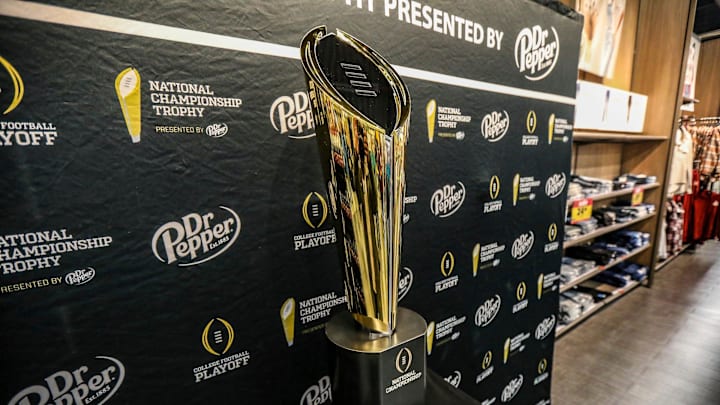The College Football Playoff Committee unanimously approved a model of playoff seeding which allows the five highest conference champions automatic bids in the new 12-team playoff beginning this upcoming season. What's most interesting about this new model is the top five seeds don't have to come from the Power Four conferences.
The College Football Playoff Board of Managers has unanimously approved a revised version of the 12-team format. It will include the top five highest-ranked conference champions and the top seven non-conference champs.
— Barrett Sallee 🇺🇸 (@BarrettSallee) February 20, 2024
“This is a very logical adjustment for the College Football…
For example, the year Cincinnati qualified for the four-team playoff in the 2020-21 season, Pitt won the ACC Championship and finished 12th in the final CFP rankings. That means if an ACC or Big 12 champion has two or three losses, they could perceivably get bumped by an undefeated Mountain West, AAC, or Sun Belt team.
Important Details About the Vote:
First, the vote had to be unanimous in order to pass. All Ten FBS presidents (Pac-12, Mountain West, SEC, Big Ten, Conference USA, ACC, AAC, Big 12, MAC, and Sun Belt) and Notre Dame president, Rev. John Jenkins all voted in favor of the model change.
Much of this was influenced by the last two Pac-12 schools remaining. Neither Washington nor Oregon State are eligible to receive and automatic bid for the playoff for the next two years. Without an automatic bid, having a sizeable at-large pool is more advantageous for both schools.
"For our two schools in the Pac-12 as it's currently configured, there is no question that five-seven, with seven at-larges, is better than six at-larges," Kirk Schulz told ESPN. "... There's no question our football coaches are going to want to compete for one of those seven slots, and seven is going to be better than six."
Originally, a 6+6 model was proposed. The Pac-1 lost Oregon, Washington, Stanford, USC, and UCLA to the Big Ten. California and Stanford are flying around. Utah, Arizona, Arizona State, and Colorado left for the Big 12.
The Cougars and Beavers are technically not Power Five schools. They've formed an agreement with the Mountain West to play more games over the next two schools.
